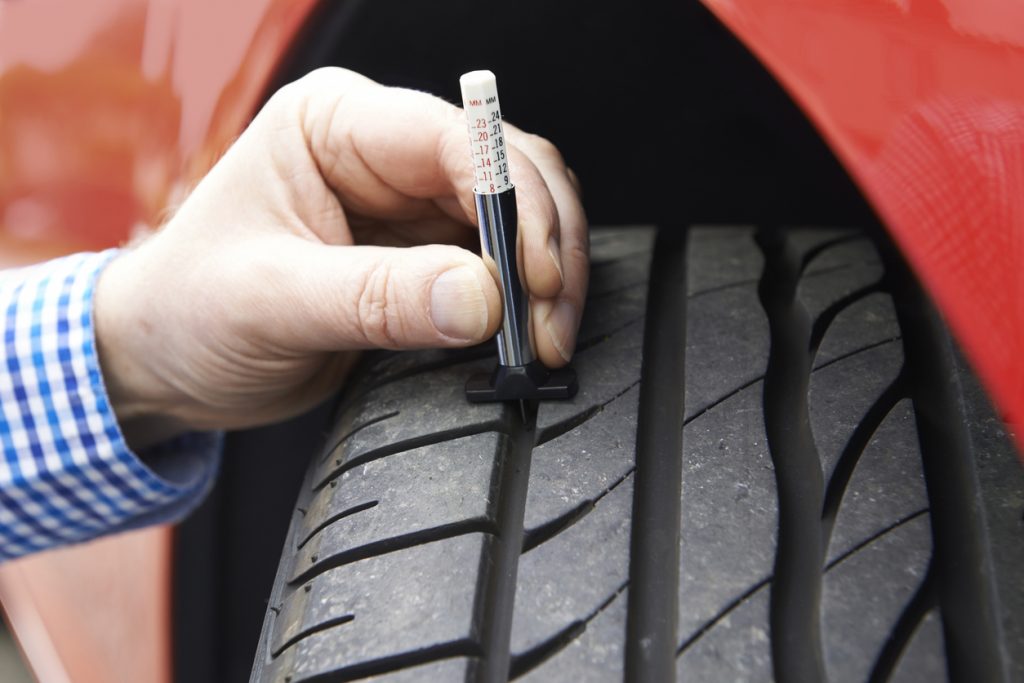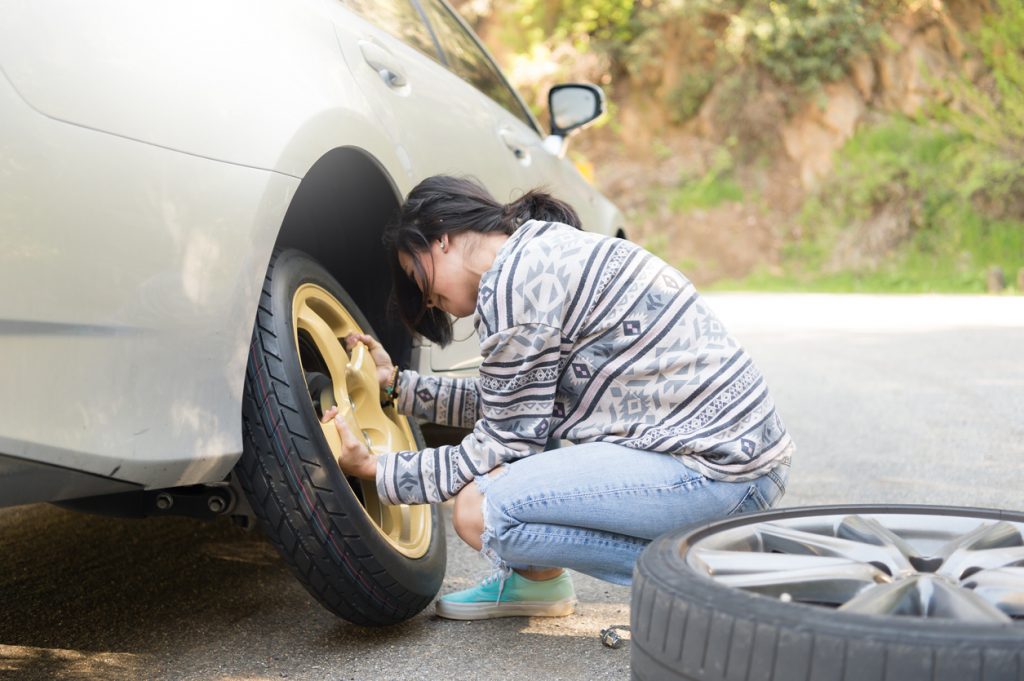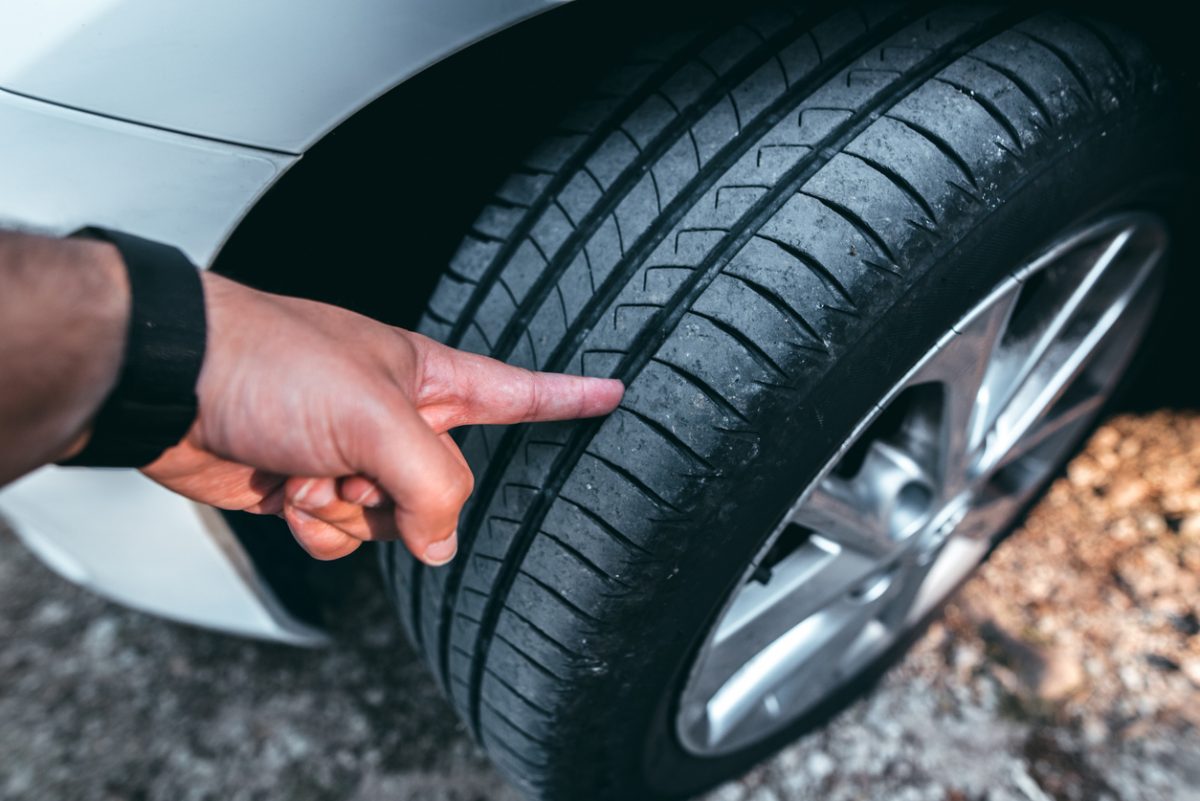Your vehicle’s tyres are the main point of contact between yourself and the road. It’s therefore important to regularly check the treads of your tyres are in good working order. If you are unsure how to do this, we have you covered.
In this guide, we will take you through how to check tyre tread depth and what to do if they don’t meet the required legal standards. To support you when assessing tread depth, we supply a range of depth gauges from leading brands such as Sealey, which are designed to measure tread depth quickly and accurately, helping you to stay safe on the roads.
Why Do You Need To Check Tread Depth?
It is a legal requirement to ensure your car’s tread depth is 1.6mm minimum. Failure to meet this requirement can result in a £2500 fine per tyre and loss of your license.
There are also the safety implications. As tyres are used on the road, the treads will gradually wear down and reduce traction, particularly in wet conditions. Braking and stopping distance will also be affected as tyre tread depth decreases, introducing greater risk of injury to yourself and others around you.
What Factors Affect Tread Depth?
The tread on your tyres will naturally wear down as you drive, but other factors can impact how soon the treads will reach the legal limit. These include:
- Driving style – erratic driving or unnecessary acceleration can wear tyre tread quicker
- Overloading – excessive loads in the car force it to work harder to accelerate
- Tyre pressure – tyres that are under or overinflated cause the tread surface to be uneven, reducing grip on the road
How To Check Tyre Tread Depth

There are multiple ways you can check your tyres’ tread depth:
Depth Gauge
As we mentioned previously in the guide, a depth gauge can be used to check tyre tread depth. They can be purchased in manual and digital variants.
The 20p Test
With a 20p coin, insert it into the tread as far as you can. If you can’t see the coin, the tyre tread is at a safe depth.
If the coin is still visible, the tread is not deep enough and should be inspected by a professional engineer.
Insert the measuring rod attached to the depth gauge into a tyre groove. The gauge will then give a reading in inches or millimetres.
Wear Indicators
Check your tyres for an indicator on the tyre wall; it will typically resemble an arrow or line. A tyre that is in line with this indicator is below the legal standards and needs immediate attention by an engineer.
Not every tyre will have a marker for checking tread depth, so you may need to use one or two previous methods mentioned above if you can’t see it.
Can I Change Tyres Myself?

Whilst you may have a spare tyre to swap with, tyres should always be assessed and fixed by a specialist.
This also grants an opportunity to check for any damage to other components of the tyre, such as the wheel itself.
Poorly maintained tyre treads can have a severe effect on handling and stopping distance. This is impacted further during the winter months as conditions can become icy. Check out our guide on what to be aware of when driving in these freezing environments.



